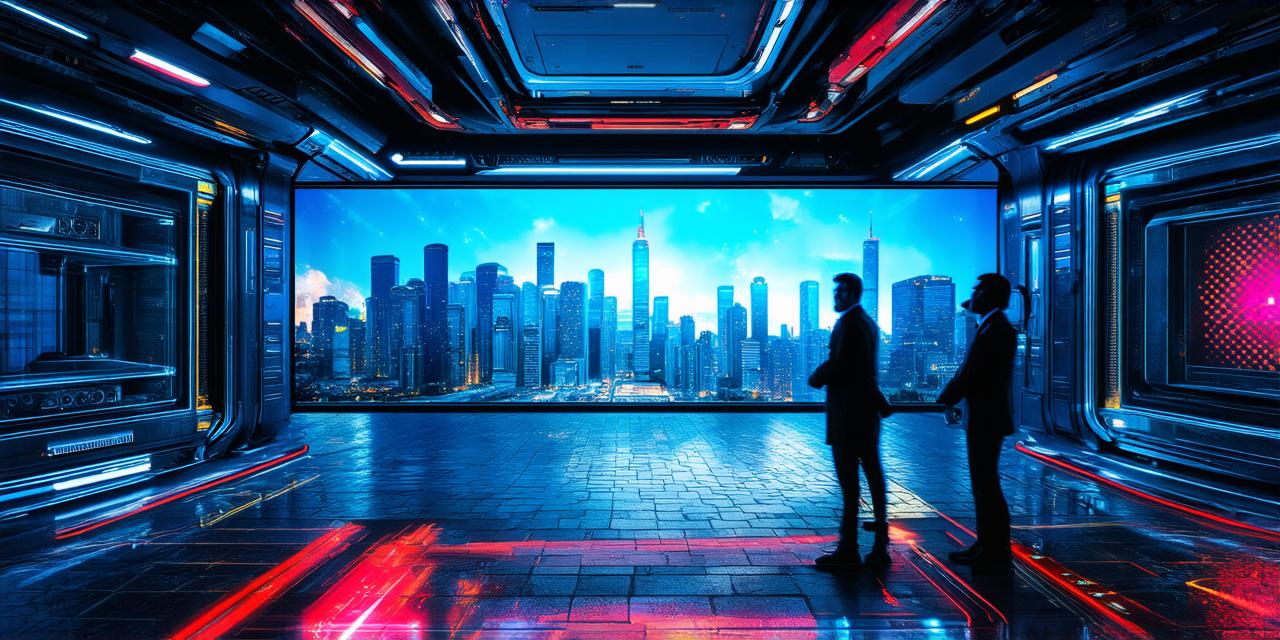Virtual reality (VR) and augmented reality (AR) are two of the most exciting technologies in the world today. These immersive experiences allow users to interact with digital content in ways that were previously unimaginable.
Virtual Reality (VR)
Virtual reality is a computer-generated simulation of a 3D environment that can be experienced through a headset or other sensory devices. The goal of VR is to create an immersive experience that completely transports the user into a virtual world.
This technology allows users to interact with digital objects in a way that simulates real-world interactions, and can be used for a variety of applications, including gaming, education, and training.
Virtual reality is a fully immersive experience, meaning that the user’s senses are completely engrossed in the virtual world. This can lead to a sense of disorientation or even motion sickness, especially if the user is not well-adjusted to the technology.
VR headsets typically require a high level of processing power and graphics capabilities, making them expensive and powerful devices.
Augmented Reality (AR)
Augmented reality, on the other hand, is a technology that overlays digital content onto the real world. This means that users can see their surroundings, but also interact with digital elements that are added to the environment.
Unlike VR, AR is not fully immersive. Users can still see and interact with the physical world around them, making it a more natural and intuitive experience.
AR applications are often focused on enhancing or providing additional information about the real world, such as in the case of museum exhibits or historical landmarks.
Conclusion
In conclusion, virtual reality and augmented reality are two very different technologies that offer unique experiences. While VR is fully immersive and can be disorienting, AR allows users to interact with digital content in a more natural way.
Both technologies have their own advantages and use cases, making them valuable tools for a variety of industries. As these technologies continue to evolve, we can expect to see even more exciting and innovative applications emerge.



